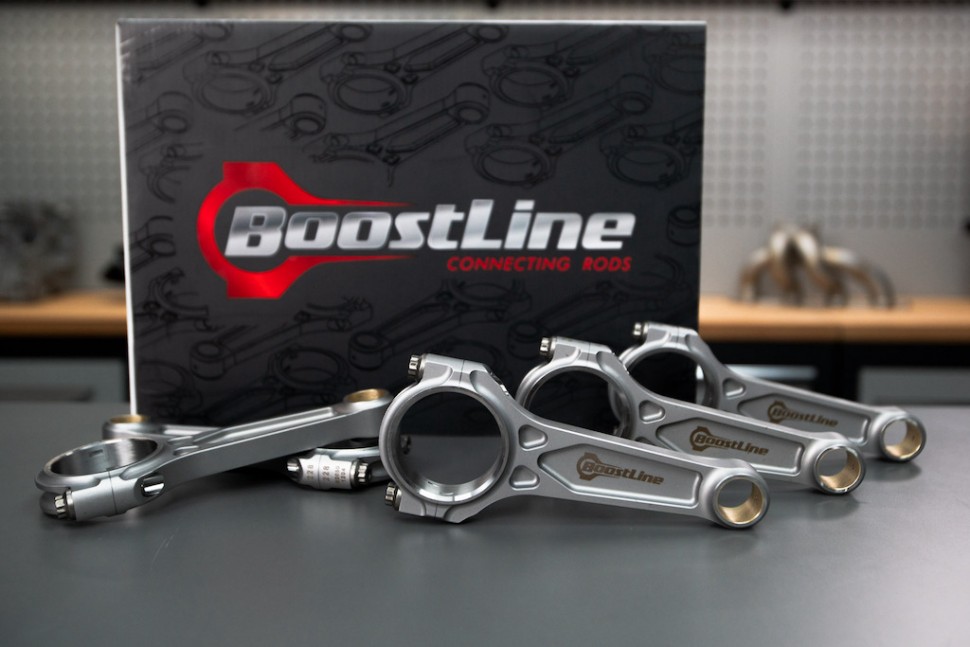EFI Tuning Fundamentals: 2d vs 3d Injector Deadtime Compensation
2d vs 3d Injector Deadtime Compensation
01.43
| 00:00 | - In the last module, we learned about injector deadtime and how it can affect our tuning. |
| 00:04 | We also learned that the deadtime is affected by both differential fuel pressure and the battery voltage. |
| 00:10 | This is important because it affects how we would set up deadtime table in the ECU. |
| 00:15 | Let me explain this a little more thoroughly. |
| 00:17 | In a fuel system equipped with a manifold pressure-referenced fuel pressure regulator, the differential fuel pressure should always be more or less the same. |
| 00:26 | It's the fuel pressure regulator's job to maintain a consistant differential pressure. |
| 00:31 | This means that we don't need to worry about the differential pressure varying, and we can use a simple, two-dimensional deadtime table that's relative just to battery voltage. |
| 00:41 | We simply choose the data from our injector supplier's deadtime data sheet, for the differential fuel pressure we have chosen to run, and enter this into our two-dimensional table. |
| 00:52 | This is a little more complex with a returnless fuel system though, where the fuel pressure is fixed. |
| 00:58 | In this case, as I mentioned in the previous module the differential pressure changes any time the manifold pressure changes. |
| 01:06 | If we want to properly account for deadtime with this sort of fuel system, we really want to use a three-dimensional deadtime table that's relative to both battery voltage and differential fuel pressure. |
| 01:17 | Some ECUs may not give us the option for a 3D deadtime compensation table, and in that case we need to accept that the results are going to be slightly compromised. |
| 01:28 | If you're faced with this situation, I prefer to use the deadtime data that closest matches the differential fuel pressure you're seeing at idle, as this is the area where deadtime compensation will have the greatest effect. |





